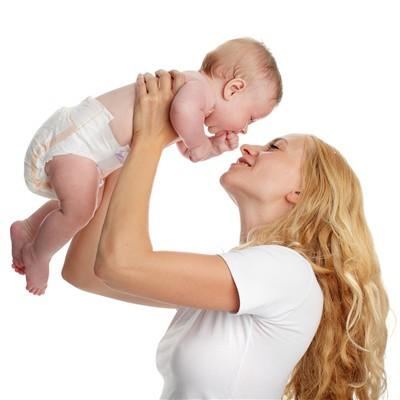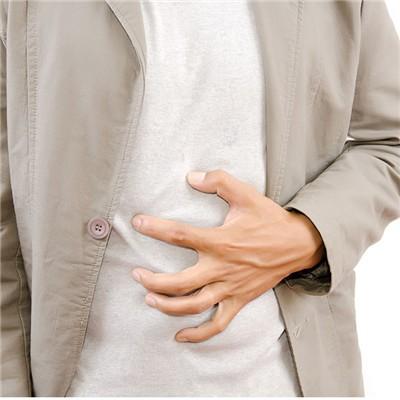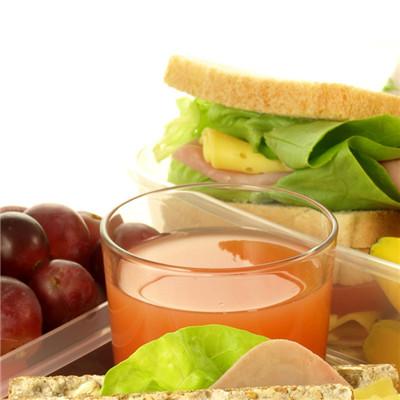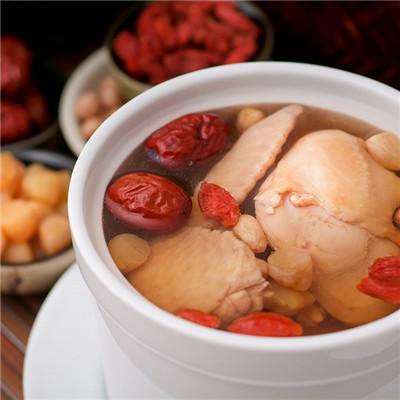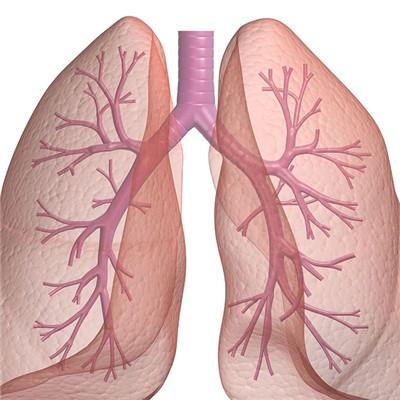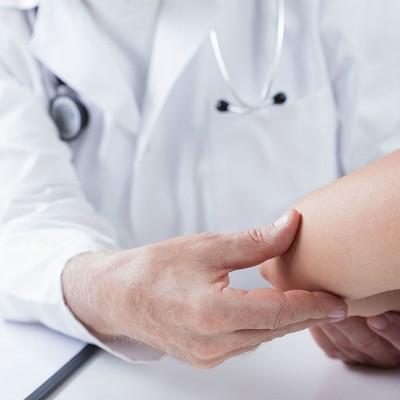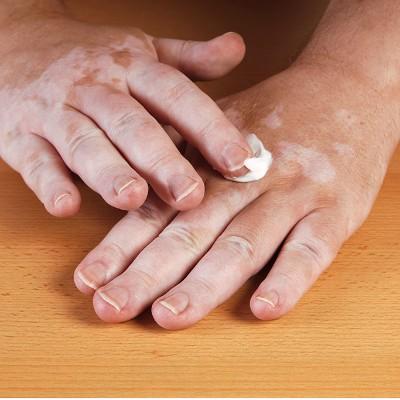Common symptoms of intussusception in children?
summary
Intussusception refers to the two adjacent segments of the intestine. Under the influence of some factors, one segment of the intestine enters into the other segment of the intestine, resulting in narrow intestinal space, which makes it difficult for the contents of this part to circulate effectively. Infants are the high risk group, especially the infants aged from 4 to 10 months? Next, I'd like to share my views with you.
Common symptoms of intussusception in children?
Paroxysmal crying: it is common for healthy and obese infants in the past to have paroxysmal and regular crying, which lasts for about 10-20 minutes, accompanied by disorderly movements of hands and feet, pale complexion, refusal to eat, abnormal pain, and then 5-10 minutes or more of temporary quiet, and so on.
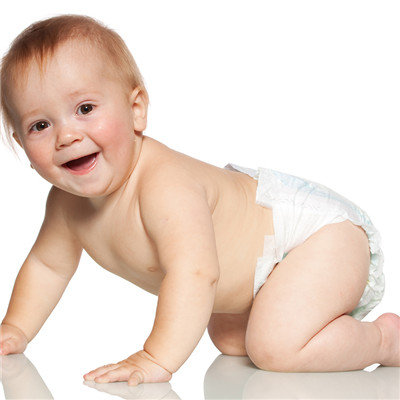
This kind of paroxysmal crying is consistent with the interphase of intestinal peristalsis. Because the intestinal peristalsis will push forward the intussusception segment, the mesentery will be pulled, and the intussusception sheath will produce strong contraction, resulting in severe pain. After the peristaltic wave, the child will become quiet. In the late stage of intussusception complicated with intestinal necrosis and peritonitis, the children showed malaise and low reaction.
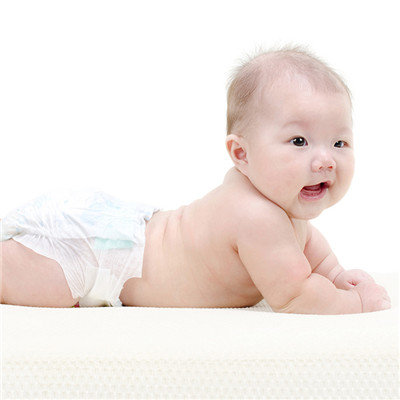
Abdominal mass in the intermission of two crying abdominal examination, can be touched in the right upper abdominal liver sausage like, slightly active and mild tenderness of the mass, the right lower abdomen generally has a sense of emptiness, the mass can move along the colon, serious cases can be in the anus digital examination, in the rectum to touch the cervix like mass, that is, intussusception head.
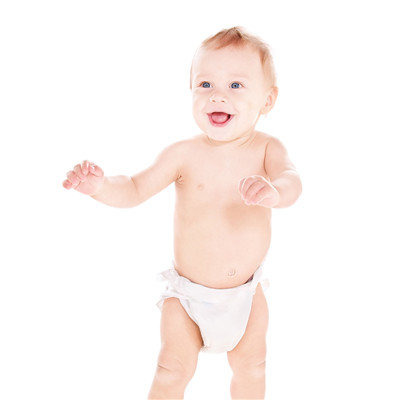
matters needing attention
The amount of food taken by children should be reasonable, not too much or too little, otherwise it is not good for gastrointestinal operation. When children eat supplementary food, according to the absorption characteristics of their intestines, so as to avoid digestive disorders. In addition, children should also pay attention to cold and warm, which can reduce the occurrence of gastrointestinal spasm.

